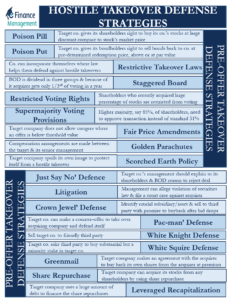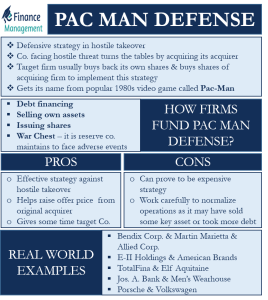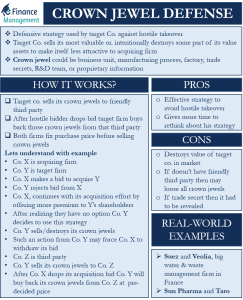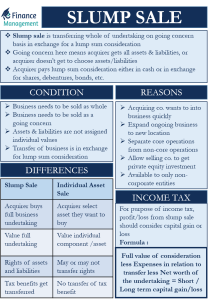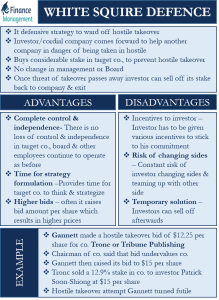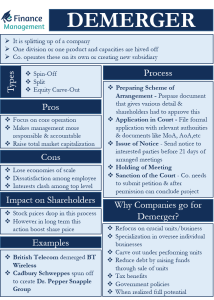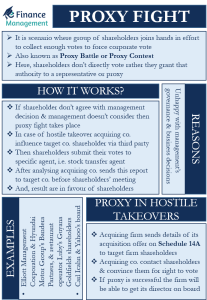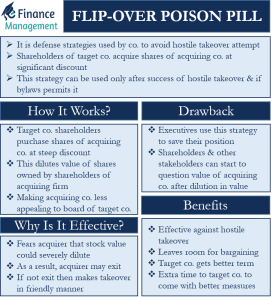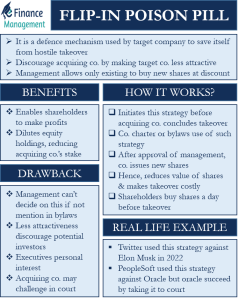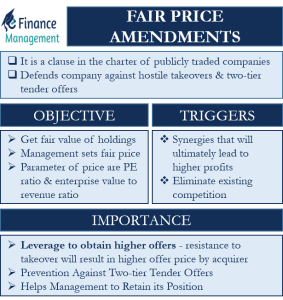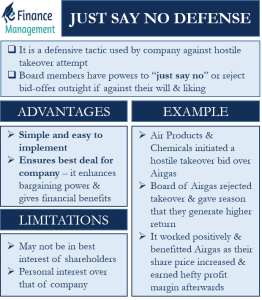Mergers and Acquisitions
Mergers and Acquisitions (M&A) are considered a very complex financial topic. This type of business alliance is used by companies to diversify or grow their businesses. A typical M&A will have a lot of intricate issues in tax, legal, and synergy. Although M&A is a generic term now, mergers and acquisitions are entirely different business combinations.
Definition of Merger and Acquisition
- An acquisition involves one firm buying only a portion of another firm. The acquisition may happen to acquire assets or an altogether different segment of the other firm.
- A merger involves the total absorption of a target firm by the acquirer. As a result, one firm ceases to exist, and only the new firm (acquirer) remains.
Difference between Merger and Acquisition
Mergers and acquisitions are generally used synonymously; however, as defined above, the two combinations are different in subtle ways. let us have a look at some differences between mergers and acquisition
In a merger transaction, a new company is formed by two companies. Post-merger, these separately owned firms become a single entity and are jointly owned. During the process of the merger, the stocks of these companies are surrendered, and the new company’s stocks are issued. Generally, companies of similar sizes undergo the process of mergers.
In Merger, A + B = C
Whereas in the case of an acquisition, one company is taken over by another company, and in the process, a single owner is established. Generally, a stronger and a bigger company takes over a smaller and less powerful one. The bigger company runs the whole establishment with its identity, and the smaller company has to lose its existence. In contrast to the merger, shares of the acquired company are not surrendered at all. These shares continue to be traded by the general public in the stock market.
In Acquisition, A + B = A
A merger typically refers to a friendly deal between two firms, even if it is a complete buyout. However, an acquisition refers to an unfriendly takeover of the smaller firm, at times even unwillingly, by the stronger firm, commonly heard as a “Hostile Takeover.” Several times a less powerful company is compelled by the bigger company to announce the transaction as a merger, even if it is an acquisition. Companies do this to avoid any negative marketing.
Process of Merger and Acquisition
The process involving merger and acquisition is important as it can dictate the benefits derived from the deal. The process involves the following steps:
Preliminary Valuation
This step primarily focuses on the business assessment of the target company. Not only the latest financials of the target company are scrutinized, but its expected market value in the future is also calculated. This close analysis includes the company’s products, capital requirements, brand value, organizational structure, etc.
Proposal Phase
Once the target company’s business performance is analyzed and reviewed, the proposal for the business transaction is given. It could be either a merger or an acquisition. Generally, the mode of giving a proposal is an issuance of a non-binding offer document.
Planning for Exit
After the proposal is given to the target company and it takes the offer, the target company then engages in planning for the exit. This includes planning the right time to exit and considering all the options, such as a full sale or partial sale. This is also a time for tax planning and evaluating the reinvestment options.
Marketing
Once the exit plan is finalized, the target company engages in a marketing plan and aims to achieve the highest selling price.
Agreement
In the case of an acquisition deal, the purchase agreement is finalized. In the case of a merger, the final agreement is signed.
Integration: This is the final step that involves the complete integration of the two companies. It is important to ensure that the same rules are followed throughout in the new company.
Advantages of Mergers and Acquisitions
The following are the advantages of mergers and acquisitions:
Synergy
The financial synergy created by the merger of two companies is powerful enough to enhance business performance, financial gains, and overall shareholder value in the long term.
Cost Efficiency
The merger results in improving the purchasing power of the company, which helps in negotiating the bulk orders and leads to cost efficiency. The reduction in staff reduces the salary costs and increases the margins of the company. The increase in production volume causes the per-unit production cost resulting in benefits from economies of scale.
Competitive Edge
The combined talent and resources of the new company help it gain and maintain a competitive edge.
New Markets
The market reach is improved by the merger due to the diversification or the combination of two businesses. This results in better sales opportunities.
Disadvantages of Mergers and Acquisitions
The following are the disadvantages of mergers and acquisitions:
Bad for Consumers
With the merger, competition can reduce the industry, and the new company may have higher pricing power.
Decrease in Jobs
A merger can result in job losses. An acquiring company may shut down the under-performing segments of the company.
Sometimes Dis-economies of Scale
The increased size may lead to dis-economies of scale for the new company. It may not have the control required for running a bigger company.
To know, you can refer to the article Characteristic of M&A Transaction
Conclusion
Although mergers and acquisitions are considered synonyms, both business combinations are different in their own ways. A company needs to understand the process and the resulting advantages and disadvantages well to appreciate the complexities involved.
Continue reading Celler-Kefauver Act. It is an anti-merger act that seeks to block mergers and acquisitions.


